The heart of a metropolis can inspire only one type of energy—a magnetic blend of classic tailoring, innovative silhouettes, and the urban edge that speaks to both heritage and ambition. I will never forget the crisp fall air of New York City last October when I attended a pre-show gathering during New York Fashion Week at a chic loft in SoHo. In this intimate setting, conversations flowed as freely as the artisanal cocktails, and the air was charged with the excitement of designers like Alexander Wang and Proenza Schouler unveiling pieces that paid homage to the city’s storied legacy while daring to push boundaries.
I was drawn to a sharply tailored coat with unexpected asymmetrical details that a young, emerging designer showed at the event—a piece that perfectly encapsulated the city’s spirit of reinvention. At the end of that week, while observing the street style of people bustling by outside the iconic Bergdorf Goodman, I got a sense of what this project meant. It meant being part of an impulse—that mix of looks and personalities that felt both curated and spontaneous.
It was the appearance of a woman in a modern reinterpretation of the classic trench; its fabric suggested an appearance of clothing that was lightweight yet luxurious, with plenty of Helmut Lang-like influences in there, too. “Helmut Lang” you might ask? Isn’t he a has-been mentioned only in the same breath as other past notables like YSL or Balenciaga?
Well, no. Lang’s work back then looked forward; it wasn’t just urban in feeling—like so much of what came out of the eighties and nineties—but it was also interpretive enough that he took the classic masculine/feminine trench and, well, made it for a modern woman. I remember an evening in downtown Los Angeles that highlighted true urban sophistication.
I was invited to a private showing at a boutique gallery and rubbed elbows with industry insiders, stylists, and other fashion aficionados. The real draw was to see a collection by a young designer whose name is now on everybody’s lips and whose work has captured the attention of some very big players. The pieces themselves were stunning, but, as with all the best fashion, the real magic was in the conversation they inspired.
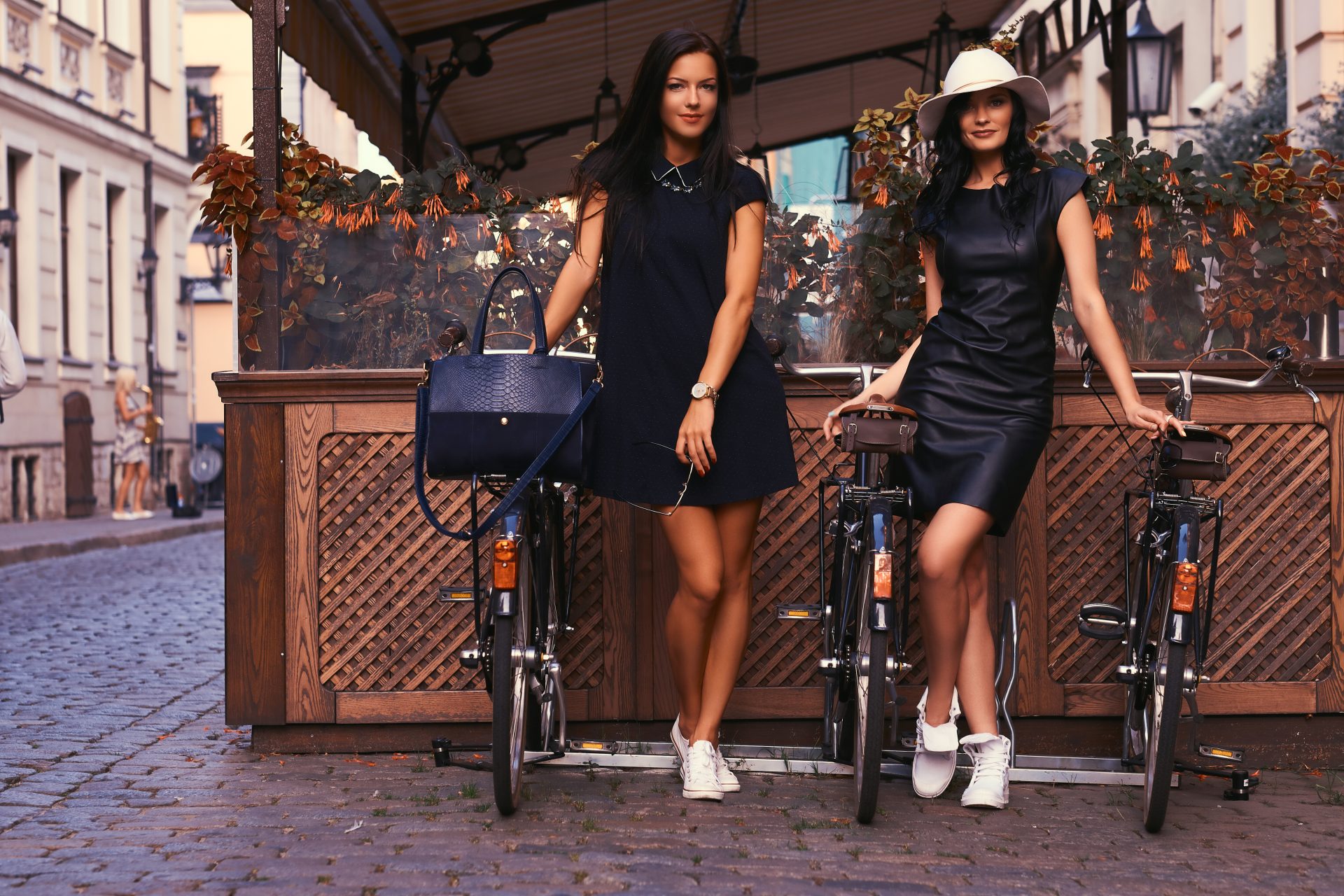
This was less about the actual drawings on the page (though they were impressive), and more about the dream behind the designer’s mind. And for me, the best piece started a conversation about style’s relation to the city. To be more specific, the best piece was a blazer.
A visit to a famous New York gallery, where a retrospective exhibit celebrated the evolution of urban style, provided another stunning moment. The show encompassed everything from streetwear of yore to contemporary riffs on power dressing. Designers have long drawn from the city’s varied cultural influences, and this exhibit made that inspiration crystal clear.
I spent hours soaking it up, trying to understand how the likes of Ralph Lauren and Donna Karan have redefined what it means to dress for this place. (If I could have put a garment on my body with the same ease as Karan’s “7 Easy Pieces,” which were featured in the book that accompanied the exhibit, I would have.) Still, I managed to come away with the kind of appreciation for the urban aesthetic that the exhibit was surely designed to impart. These narratives are indeed rich, but they also lead me to the unavoidable conclusion that the urban wardrobe continues to be influenced by the styles of the celebrities who wear them.
Take, for instance, the appearance of the celebrated actress at a recent charity event in Manhattan. The fashion and arts notables gathered there surely weren’t prepared for the masterclass in city chic that was this actress’s ensemble. What she wore—a bespoke, sharply tailored suit, combined with subtly luxurious and delicate accessories—was something I would have expected to see on a downtown industrious woman during the day, not on a red carpet at night.
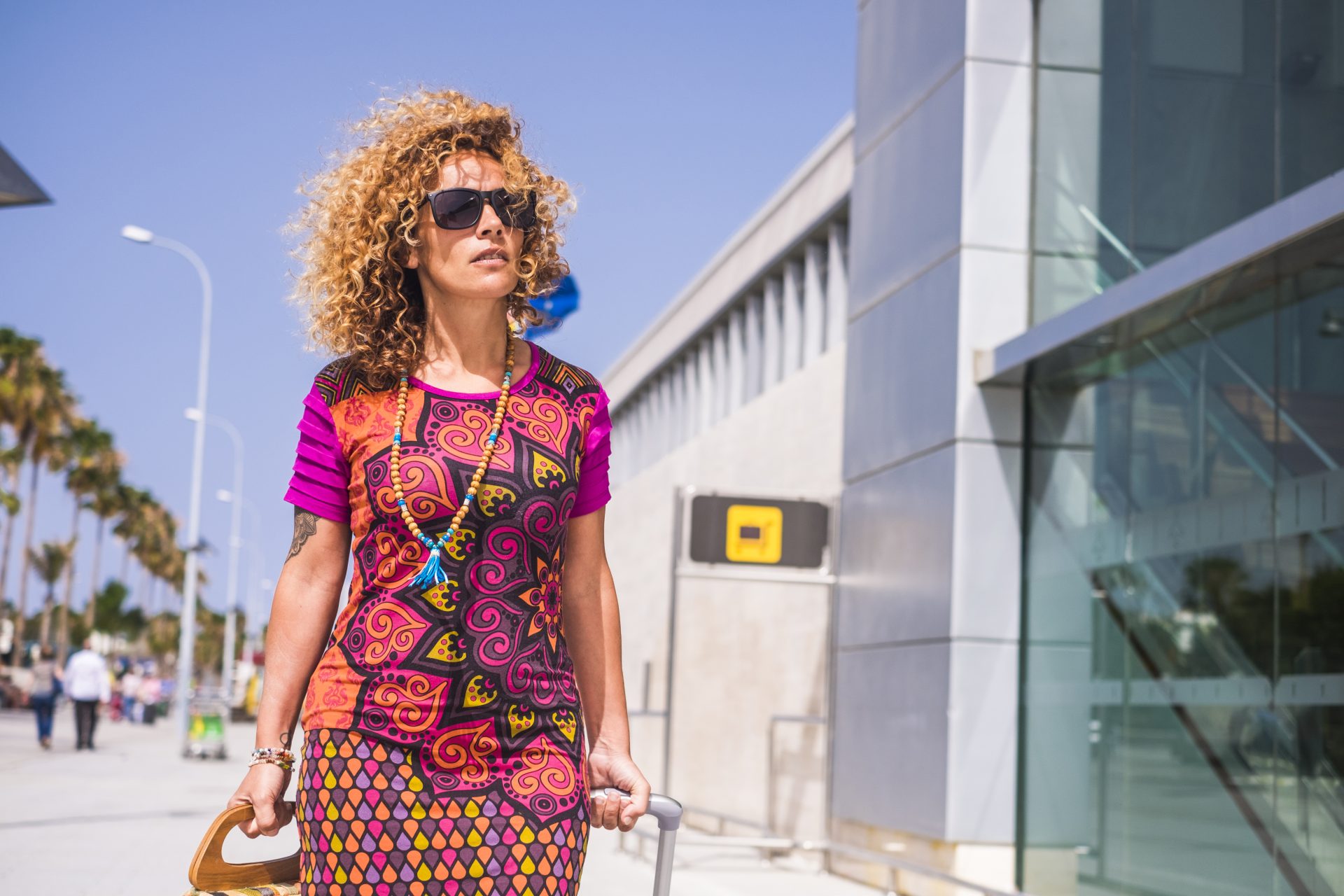
I frequently consider the relationship between the city’s profound history and its ceaseless self-reinvention. I once took part in a panel discussion that was put on by a major fashion publication. The panelists and the audience were bright and animated.
The conversation was about how fashion is influenced by place. What really stood out for me was how the different panelists interpreted that question and, in particular, how one of the designers on the panel framed his response. This designer had recently shown a collection that had been lauded for its fresh take on vintage silhouettes.
He talked about how each piece in his collection was designed to mirror the dichotomy of urban life. His source of inspiration? The same thing that acts as reminding architecture for every city dweller and visitor: the city’s astonishing mix of historic brownstones and modern skyscrapers.
From the vibrant streets of New York to the sun-drenched avenues of Los Angeles, the unmistakable urban chic is always present. You can find it in the precise craftsmanship of a designer’s latest collection. You can discover it in the whimsical finds of an upscale boutique.
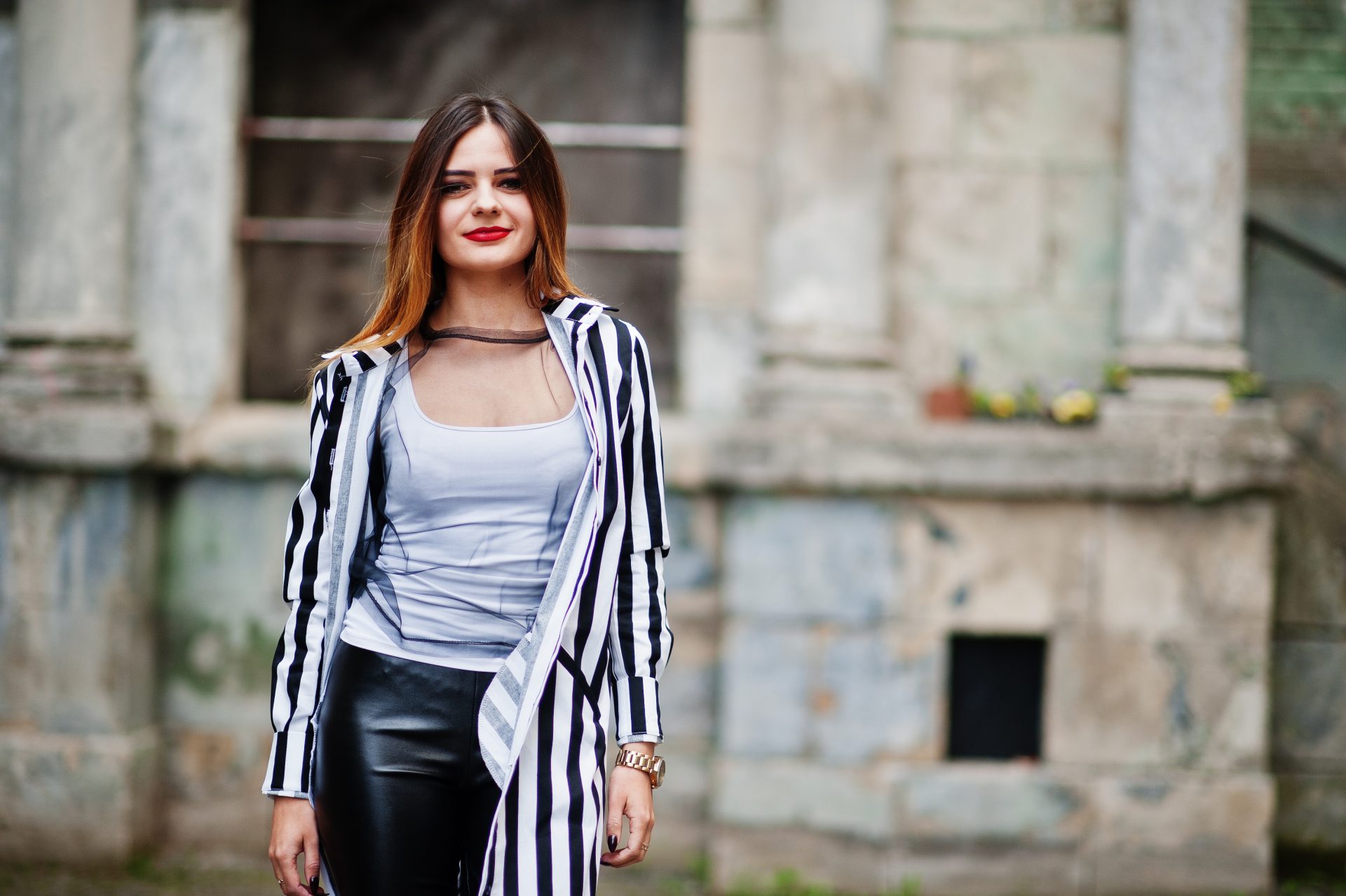
And you can see it in the curated looks of the individuals who make the city their personal runway. I was reminded of this not long ago, on a quiet morning in Dallas, when I visited a storied department store. My intention was to have a good old-fashioned try-on session, and while I didn’t exactly realize it at the time, I was about to have a little tête-à-tête with the sartorial past.
The store felt impossibly vast as I stepped inside, and my first instinct was to head for the area that looked like it housed the latest and greatest in contemporary fashion. But that’s not where I ended up. Follow along, if you will, on this little journey into the past and present of city chic.
What remains a wellspring of inspiration for me is city chic’s inherent ability to evolve without losing core principles. The same holds true for every outfit I encounter, every designer I meet, and every fashion event I attend. I now understand that urban style is more than just a look—it’s an attitude.
It’s about harnessing the energy of a city that never sleeps and channeling that raw power into creations that are as functional as they are beautiful. Whether it’s the understated elegance of a perfectly cut suit or the innovative pairing of unexpected textures, the spirit of the city is embedded in every detail. I have felt for a long time now a true bond with the urban setting—a bond that feels both personal and shared with many others.
The modern city is a patchwork of so many things, where each part seems to have its own story. When I think about city chic, I think about how this style—that is, not really a style, but something more—represents what we can find in our lives if we look past the obvious and find the deep layers of history, culture, and creativity that make life in the urban world worth living. When I think about discovery, I think about how I can keep finding even more in the parts that I know, something that encourages me even more to keep exploring the parts I don’t know yet.
To me, this is city chic. In every encounter—from a casual meeting with a cutting-edge designer in a temporary store to an intimate experience at one of Manhattan’s hidden events—I feel a thrill that goes beyond mere authenticity. My passion for city chic surges right then and there, and for good reason: the clothes we wear are a direct reflection of our environments, the kind of places that shape us into who we are and as what we are.
And I am not just talking about urban living. This fires up my imagination—so much that I dream up moments and mix up moods to serve as my own mood board for documenting the next-level, in-the-now aspects of personal urban style. I am here to share not just the trends that fuel these delicious moments, but also the very real stories behind them—the real people, the tangible experiences, the unforgettable brush-ins that together create the signature scent of city chic.
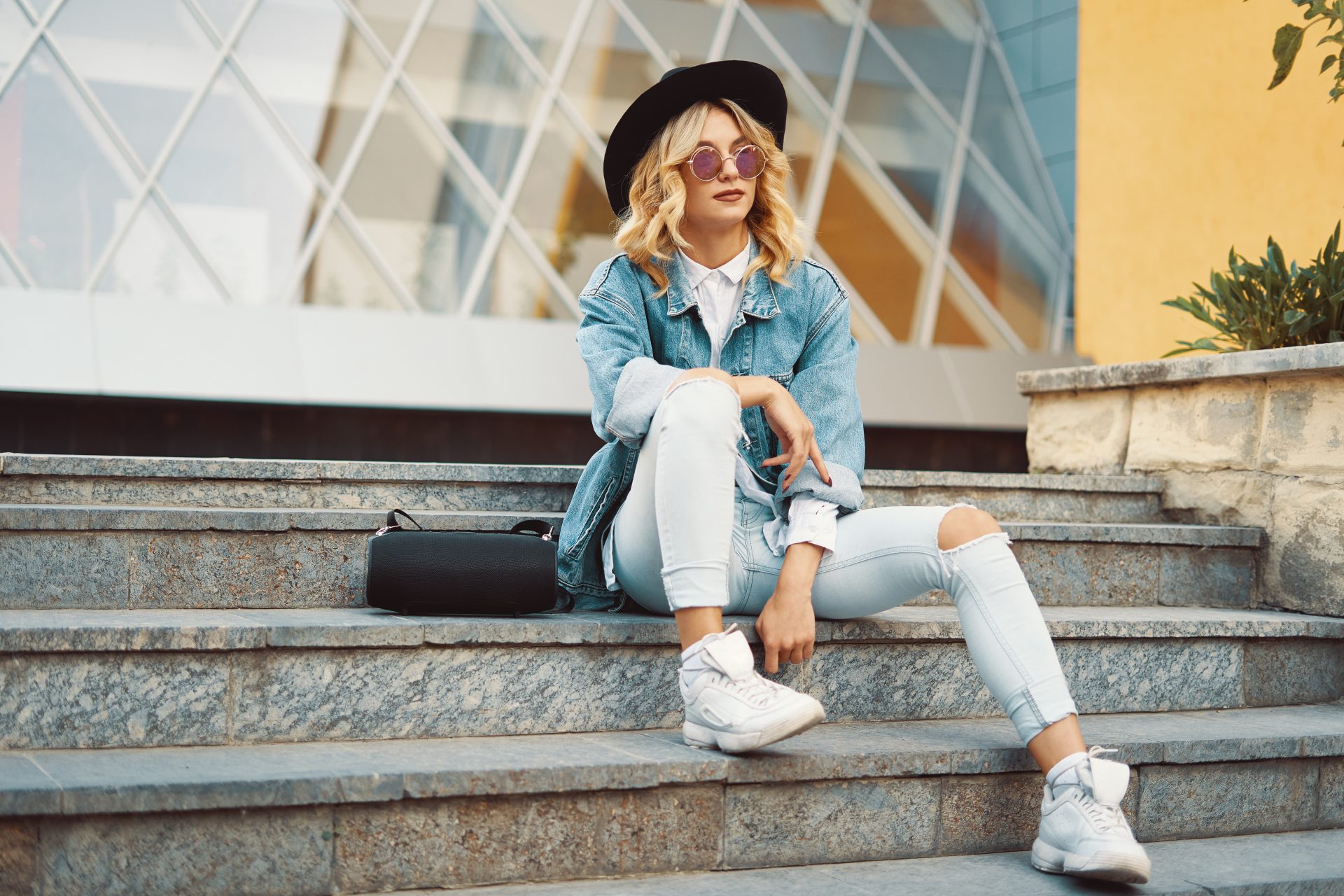
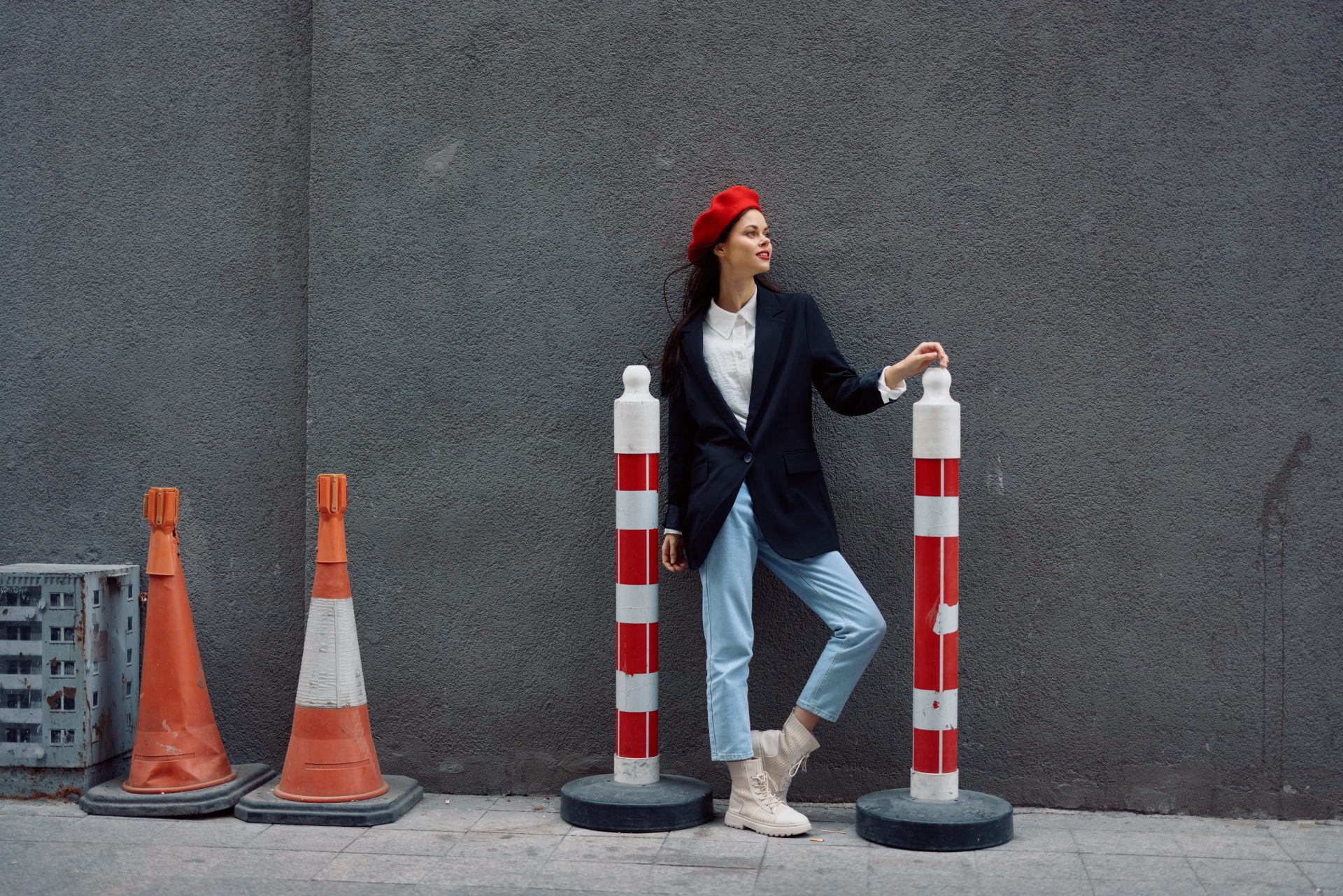

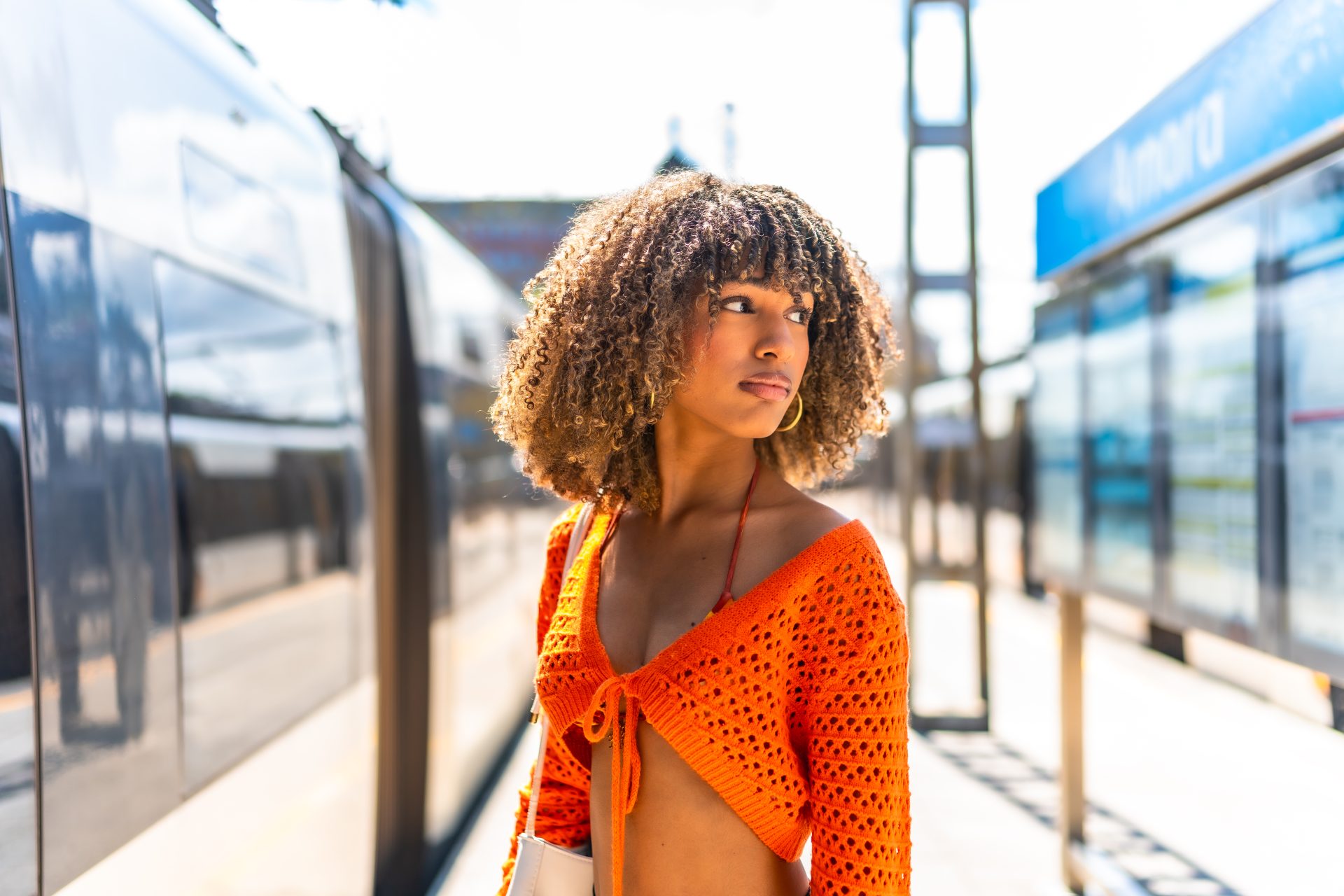
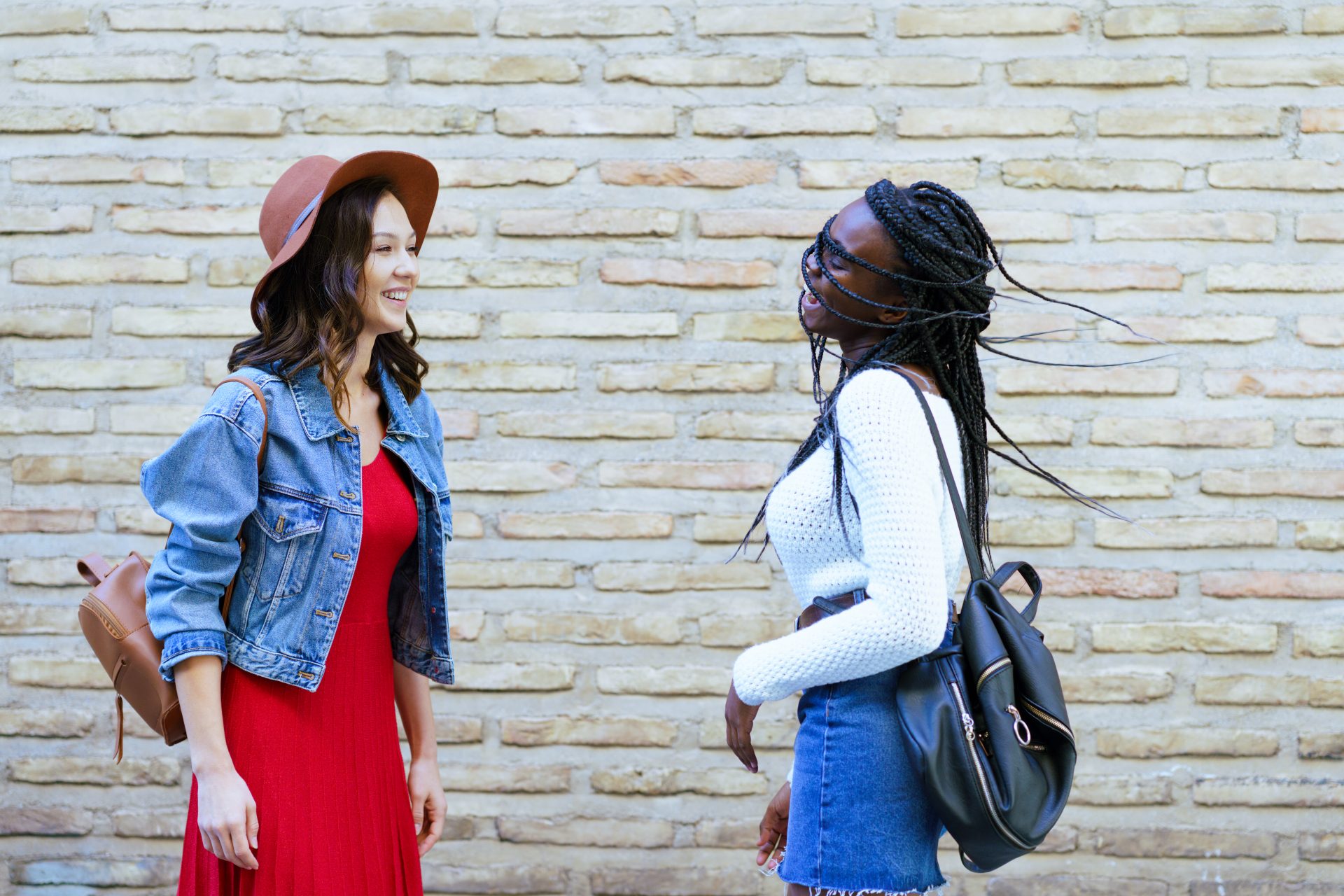




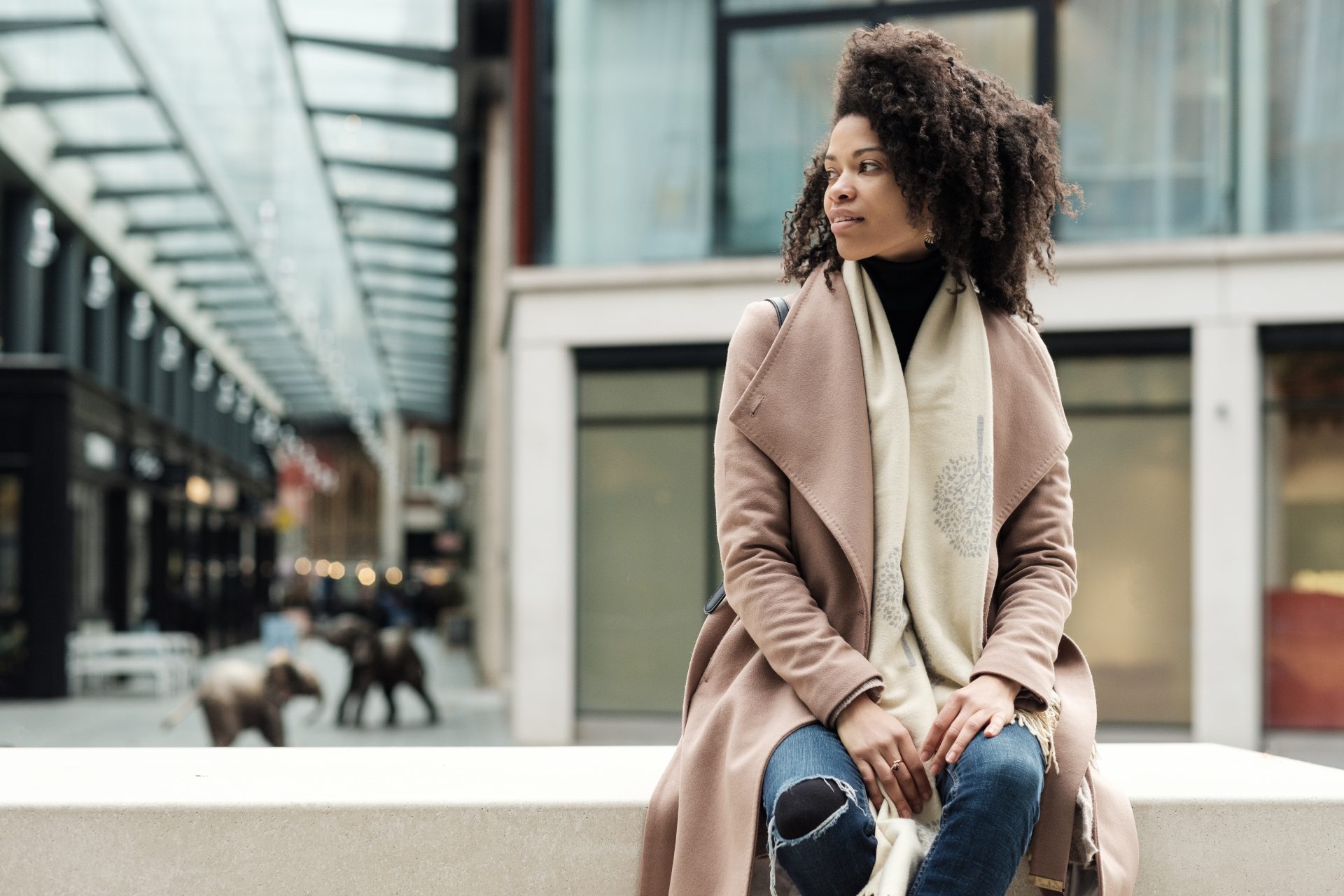
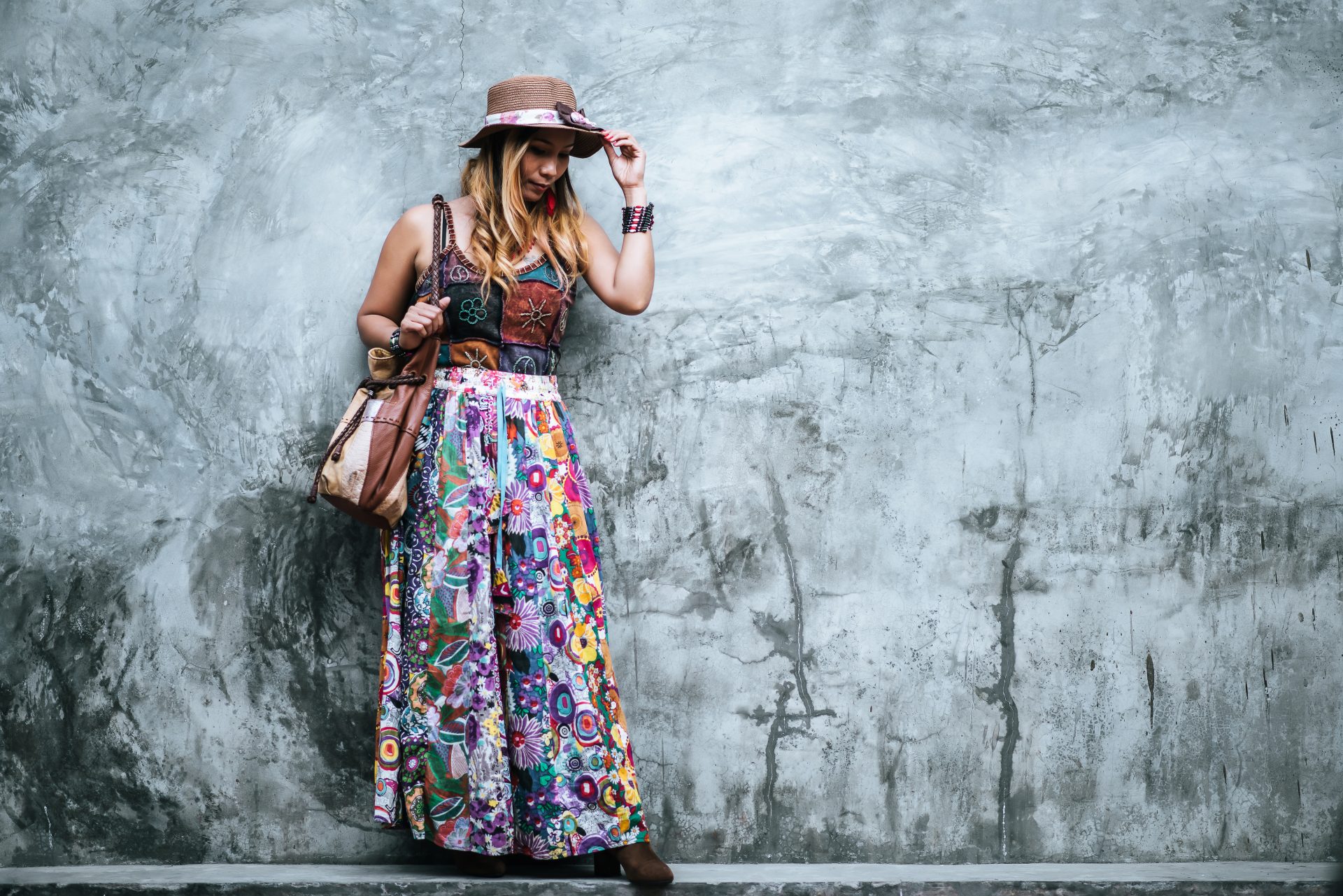
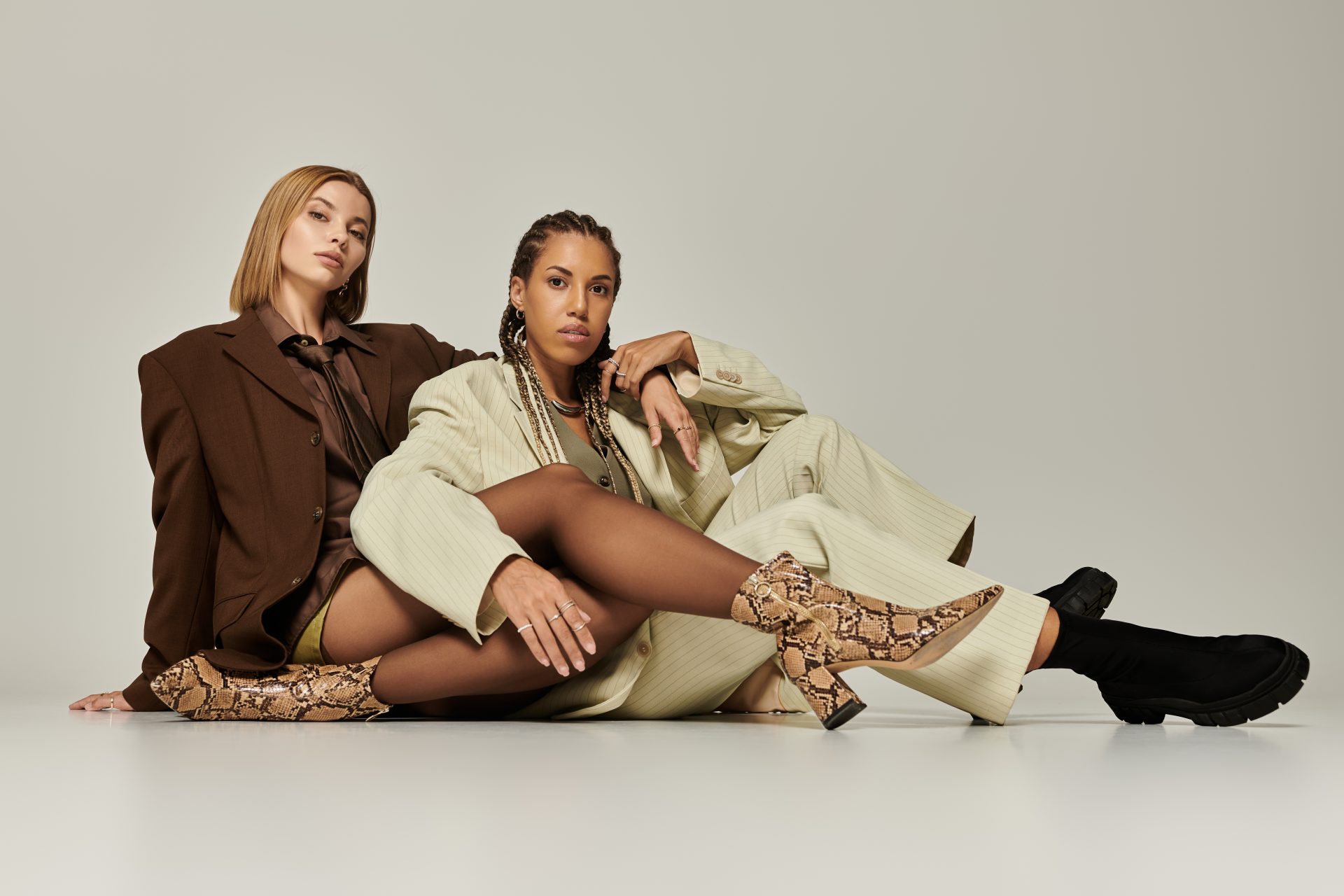
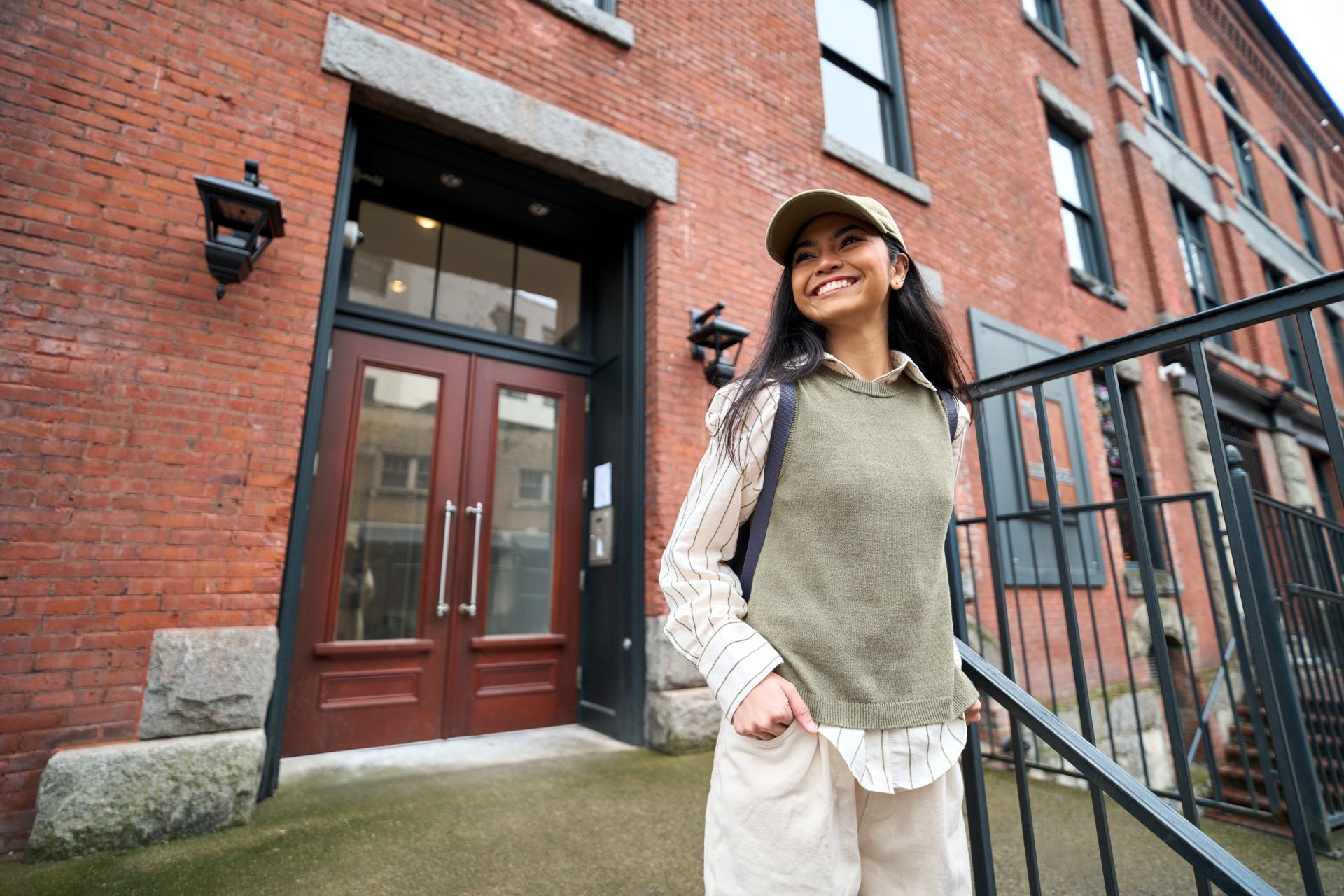
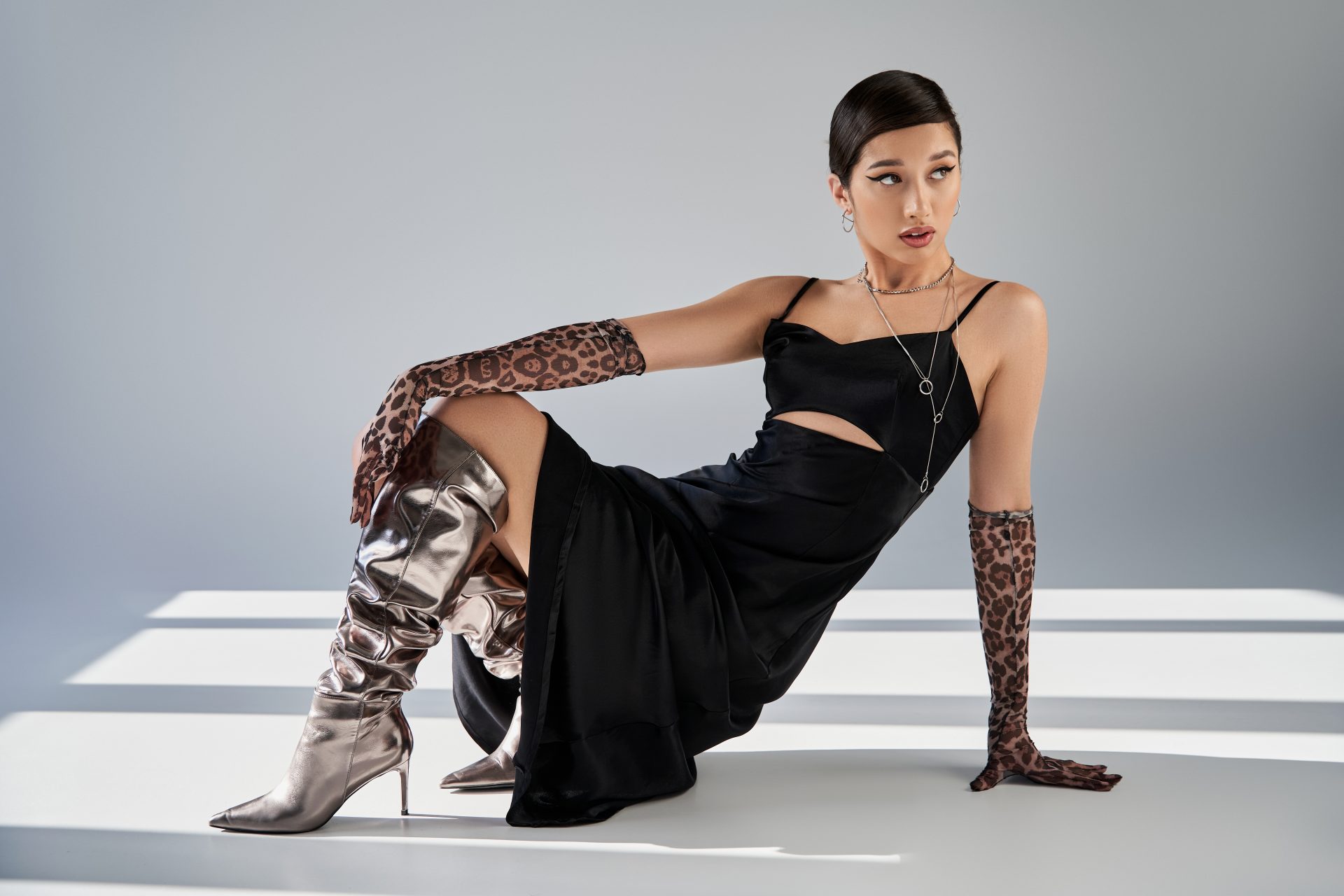
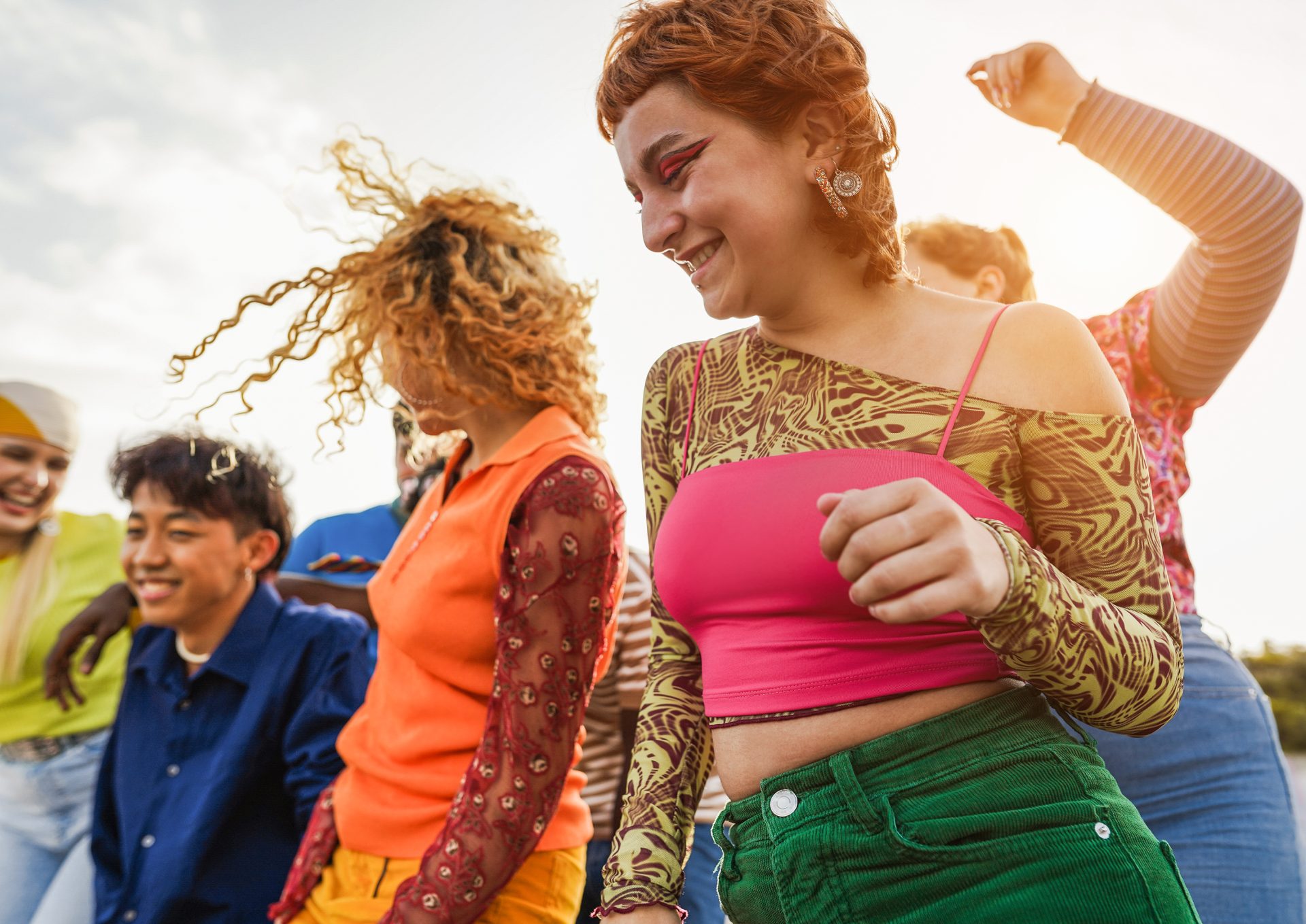
0 Comments